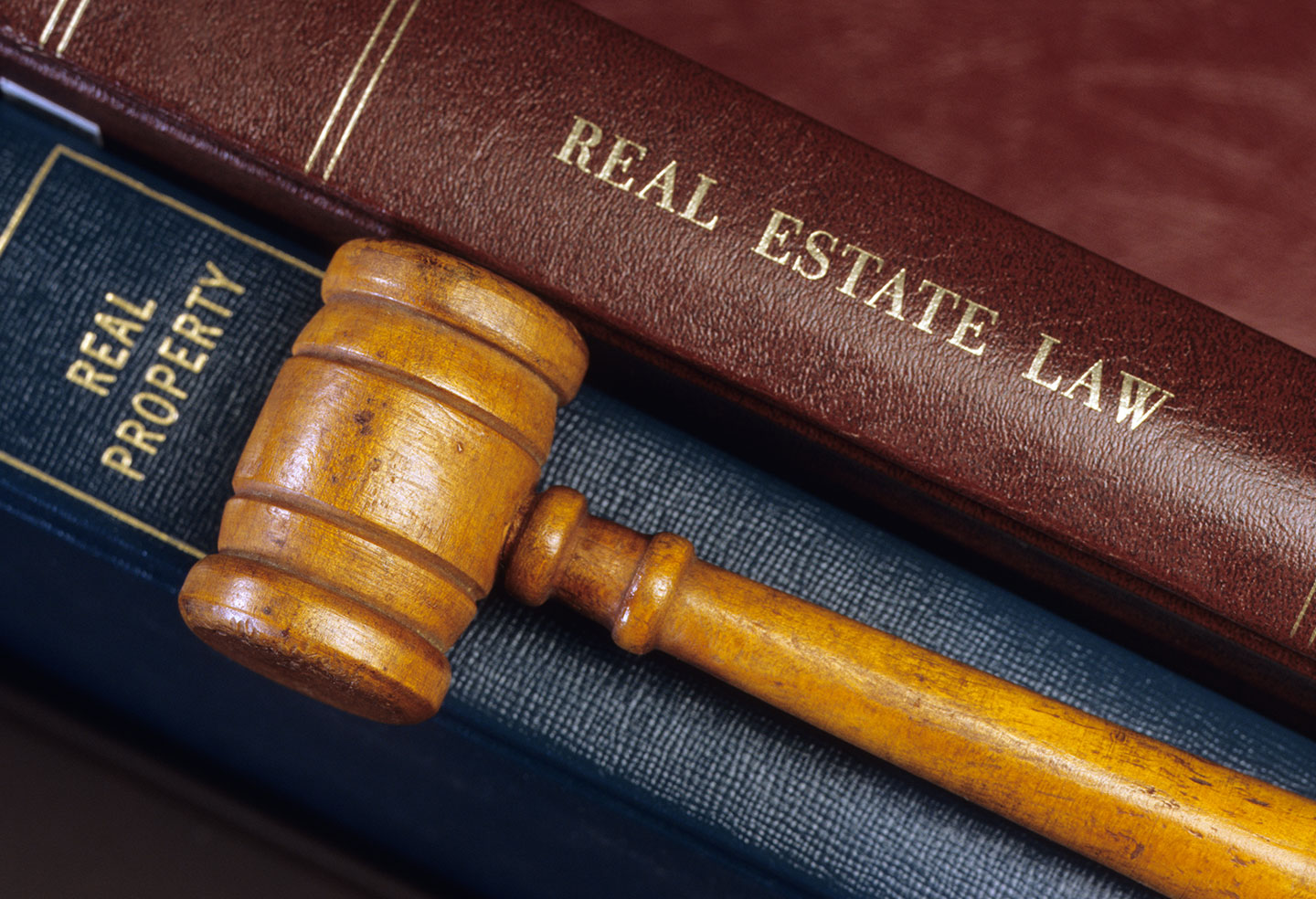Relating to Real Estate

When a Nonconforming House May Be Rebuilt after a Casualty
Kiesling v. Long, No. 1485, Sept. Term, 2016, 2017 WL 4786756 (Md. Ct. Spec. App. Oct. 24, 2017), discusses the granting of authority to rebuild a house that was non-compliant with current zoning laws, after it was destroyed by casualty.
Jean Marie Jones and her husband owned 3505 Beach Road in Middle River, Baltimore County. The house on the property was substantially damaged by Hurricane Isabel in 2003 and then demolished in 2005. Robert Long wanted to purchase the property and build a new house that did not meet the requirements of the current Baltimore County zoning code. There are several alternative provisions of the Baltimore County Code that permit property owners to seek relief from the specific requirements of the zoning code.
In 2014, Jones and Long petitioned for a variance. A public hearing was held before an administrative law judge who granted the request with some modifications. The appellants, who owned neighboring properties, appealed to the Board of Appeals, which held another hearing. At that hearing Long’s lawyer argued that the petitioners were entitled to relief through the County’s special hearing procedure, in addition to seeking a variance. The Board decided that the petitioners were entitled to the relief that they sought, either through grandfathering provisions or because of a variance. The challengers took the matter to the Circuit Court for Baltimore County, but the circuit court affirmed. On appeal to the Court of Special Appeals, that court affirmed as well.
The challengers complained that the application stated that it was only seeking a variance. The Court of Special Appeals held that because the notice for the hearings contained the same substantive information for either a variance or special hearing, there was no harm to the challengers.
The court also held that the petitioners were able to use one of the grandfathering techniques because the lot was created in 1934, before the first Baltimore County zoning law in 1941. The owners of the property did not petition for right to rebuild for 10 years after the damage. They did not rebuild within the two-year window set forth in BCZR § 104.2. This meant that they lost the right to rebuild. But it did not mean that they could not rebuild under other code provisions.
The basic standard in Baltimore County for determining whether relief should be granted in a special hearing is whether the proposal “would be compatible with the community and generally consistent with the spirit and intent of the regulations.” This is determined by considering (a) whether the property is unique and unusual, (b) whether there is practical difficulty and/or unreasonable hardship, and (c) the general purpose of the zoning ordinance.
For questions, please contact Ed Levin (410) 576-1900.